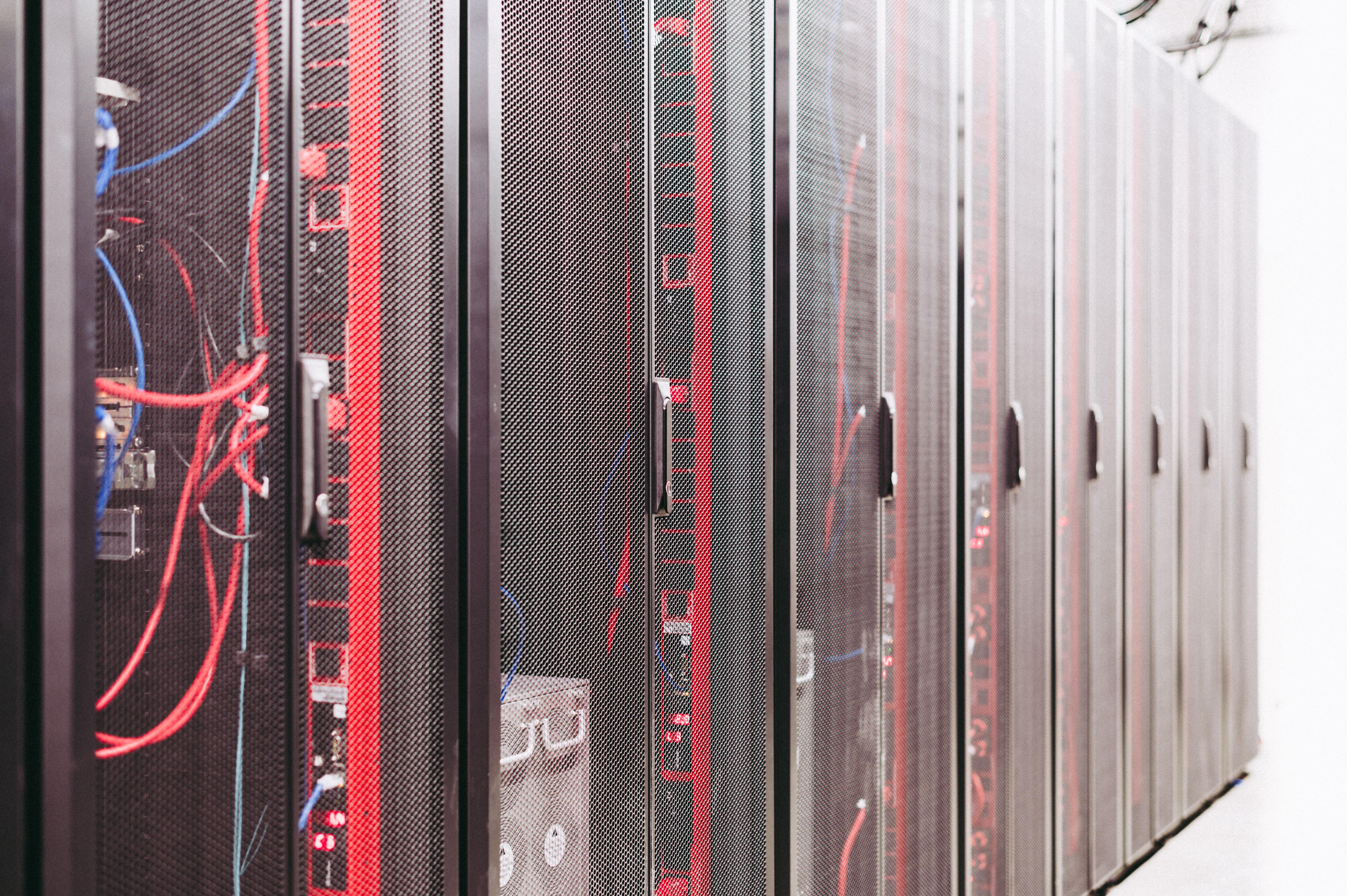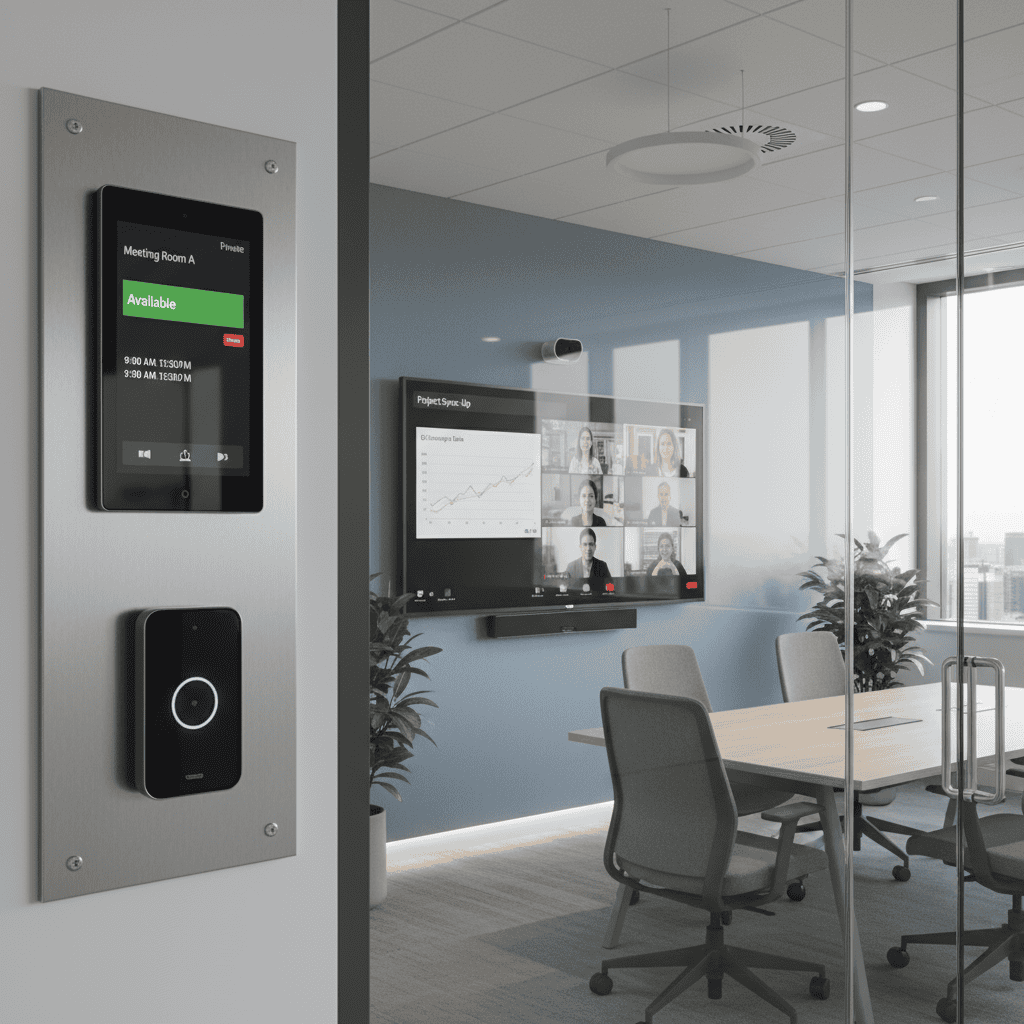The Ultimate Guide To Data Center Migrations

The importance of data to the modern enterprise cannot be overstated. Like oil in past centuries, data is a commodity that is driving economic growth and transformation around the world. As businesses continue to collect, store and analyze this data in order to extract actionable insights, their storage capacity is becoming more and more limited. This is driving many leaders to consider a data center migration.
A data center migration occurs when an organization relocates and transfers its entire data center from one system to another. This process is also often referred to as a data center relocation. If you’re planning a data center migration but are unsure of how to successfully go about it, you’ve come to the right place. Read on to learn the six key steps to executing a successful and effective data center migration.
Why Do A Data Center Migration?
An effective data center migration can enhance your performance and ability to compete. By moving your data to a new newer platform and environment, you can help make your data safer. The majority of cyber attacks occur on cluttered, outdated enterprise systems. A well-planned data center migration can mitigate these risks. In addition, a data center migration can also expand your organization’s storage capacity, enabling you to bring more data in and get more effective insights. This could enable you to uncover consumer trends faster and provide you with information to guide new initiatives and projects. Overall, a data center migration also provides enterprise organizations with a much-needed opportunity to review their current IT systems, workflows, and processes. This can enable you to eliminate duplications in your data and processes, create more secure policies in your data management, and remove any inefficiencies that have crept in over time.
A Few Things To Think About Before Starting
A data center migration is never something to just jump into without having a clear plan. There are several factors to consider before relocating. For example, data center migrations can lead to unplanned downtime, preventing customers from using your services and causing major losses. Other issues could occur, such as data loss, that can be equally impactful. This underscores the importance of carefully considering your options and making a clear plan, with redundancies, before doing data migration. Here are three other topics to consider when planning a data migration.
Is A Migration Project Right For You?
A data center migration may not be right for every organization. However, if your data center is being impacted by negative issues as a result of old, out-of-date servers and equipment, relocating could be the best decision. Furthermore, if your systems are running out of capacity as you attempt to manage the ever-increasing size of Big Data, a data center migration may be right for your organization. Running a cost/benefit analysis can help you determine whether or not a data center migration is right for your organization.
When Is The Best Time To Migrate?
It can be difficult to know when to take action when it comes to a data center migration. Simply put, the best time to execute a data center migration is before you run out of capacity or have your data breached because your software and hardware still need to be updated. In today’s economy, things are more competitive than ever before. When you start to see the competition edging closer to you, consider migrating your data center in order to gain the competitive advantage that comes with great access to data for storage and analysis.
How To Find The Right Data Center Location
When planning a data center migration, you have the choice of moving to the cloud or another physical data center. The cloud has many advantages, such as reliability, 24/7 access, and nearly unlimited scalability. However, many enterprises may feel uncomfortable leaving their data to be managed by a third party. When moving to a physical location, it is recommended to select a site at least 500 miles away from your operations. This ensures that your data will still be available even if a regional disaster impacts your on-premise infrastructure. You’ll also want to select a location that rarely experiences difficult weather conditions or natural disasters. This will ensure that your data is safe. Finally, be sure to factor in latency when it comes to investing in a data center. You want to be able to upload and download data at high speeds, requiring low latency.
The 6 Data Center Migration Steps
If you’ve decided to do a data center migration, you’ll need to keep in mind the six best practices for conducting a project like this.
1. Assess The Source And Select An Infrastructure
The first step in running a data center migration is understanding your current position completely. In order to avoid any unwanted downtime, you’ll need to ensure that you fully understand the current state of your system with all its dependencies. Some of your existing data may no longer be useful, and you can eliminate it. You may also wish to begin bringing in data from new sources to enhance your operations. All of this will need to be considered.
Additionally, you’ll also need to select a target infrastructure. In other words, where are you migrating your data center? You may be considering moving data to the cloud. However, there are other options beyond just in-house data centers and public clouds. There are hybrid services that enable you to retain complete control over your hardware while giving you the flexibility of scalability when it comes to physical space. Regardless of your choice, selecting an infrastructure is a vital first step in building your data center migration strategy.
2. Have A Data Center Migration Project Plan
The second step is to make a detailed data center migration plan. There are many checklists that can help you to plan out your migration. Be sure to get executive support to back the project. Data sources and data management are highly cross-departmental, making high-level support essential to keeping the entire project on track. Depending on the size or complexity of your data center migration process, don’t be concerned if the timeline of the project is long. For some enterprises, a data center move can take years. When building your data center migration project plan, focus on small, manageable steps and then build up to larger activities and tasks.
3. Execute The Data Migration
Once you have decided upon your target infrastructure and developed a plan for how you want to move your data over, it is then time to execute the data center migration. How exactly this looks will vary depending on the choices you’ve made in the previous steps. If doing a physical migration, the process will begin with constructing a new data center building and then bringing in all the new hardware and software. With cloud data center migrations, you can skip this step and move straight ahead to the data transfer. This needs to be done with security in mind. Once the data has been transferred and the new system is up and running, it’s time to start testing.
4. Conduct Testing of The Solution
Before going live with a new data center, it is vital to conduct rigorous testing. A failure at launch could result in major issues for your organization. However, testing with a variety of users as you gradually roll out all functionality can help you to avoid these issues.
5. Complete The Implementation
Once the tests and audits have shown the system to be complete, you are ready to launch the new system. Here, you will move all of your workflows and operations to the new data center as well as complete the application and data transfer.
6. Manage The New Data Center
Your new data center is not a set-and-forget operation. You will need to return to various aspects of the migration over time as missing data is identified or other small issues need to be ironed out in workflows. You will also need to ensure that full training is provided to employees so that they understand how to utilize any new applications that come as a part of your new infrastructure.
Different Types Of Migrations
There are several different types of data center migrations. Generally, migrations are usually categorized by the target infrastructure your organization is moving towards. Categories include:
- Cloud
- On-Premises
- Converged
- Hyper-Converged Infrastructure (HCI)
We have already covered the first two types of migrations. A converged infrastructure is an architecture that focuses on efficiency, enabling you to simplify your data management by combining data storage, computing, and the network as one system. A Hyper-Converged Infrastructure is a structure that focuses on speed and rapid deployment. This kind of data center migration is more suited for smaller systems with less data to manage.
What Are The Costs Of A Data Center Migration?
Data center migrations can be fairly expensive, depending on the size of your organization’s current data center. According to an Info-Tech survey, the average data center relocation costs $120,000 or $10,000 per rack. Just moving large amounts of data is not the only cost. Running all of the tests and taking care of all the maintenance activities are also ongoing costs that make a data center migration an expensive proposal. However, the benefits you can access with a successful data move can bring in new revenue to your organization, resulting in growth for your business. Furthermore, a data center migration can also make your organization more competitive, which is all the more vital in these challenging times.
About i.e.Smart Systems
i.e.Smart Systems is a Houston, TX based technology integration partner that specializes in design and installation of audio/visual technology and structured cabling. For more than three decades, our team of in-house experts has partnered with business owners, architectural firms, general contractors, construction managers, real estate developers, and designers in the Houston market, to deliver reliable, scalable solutions that align with their unique goals.




